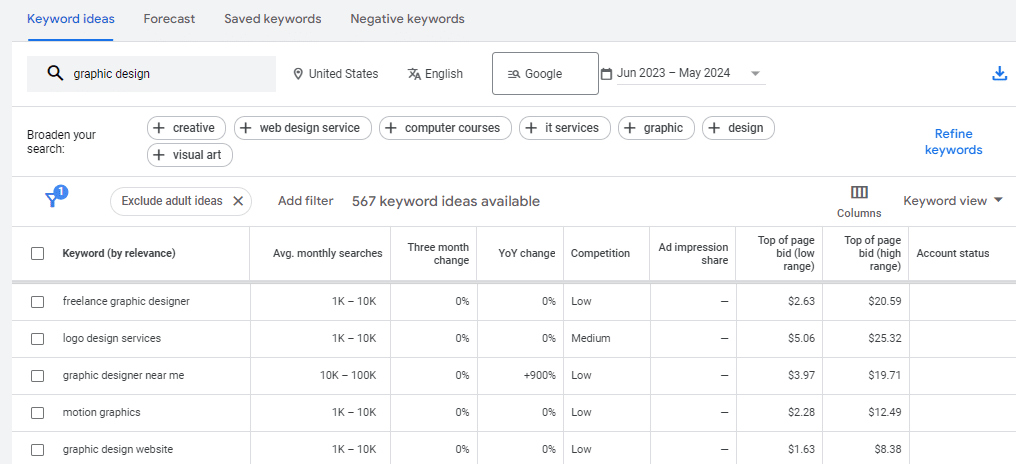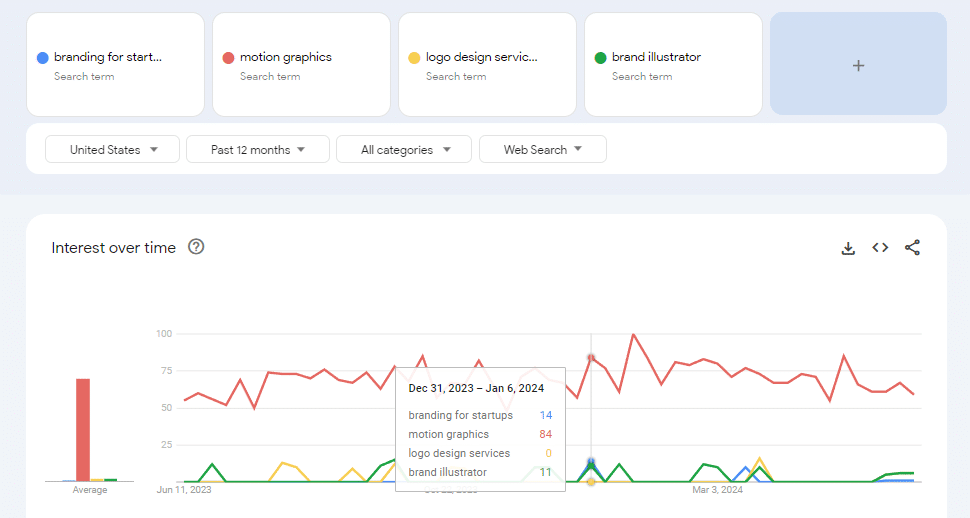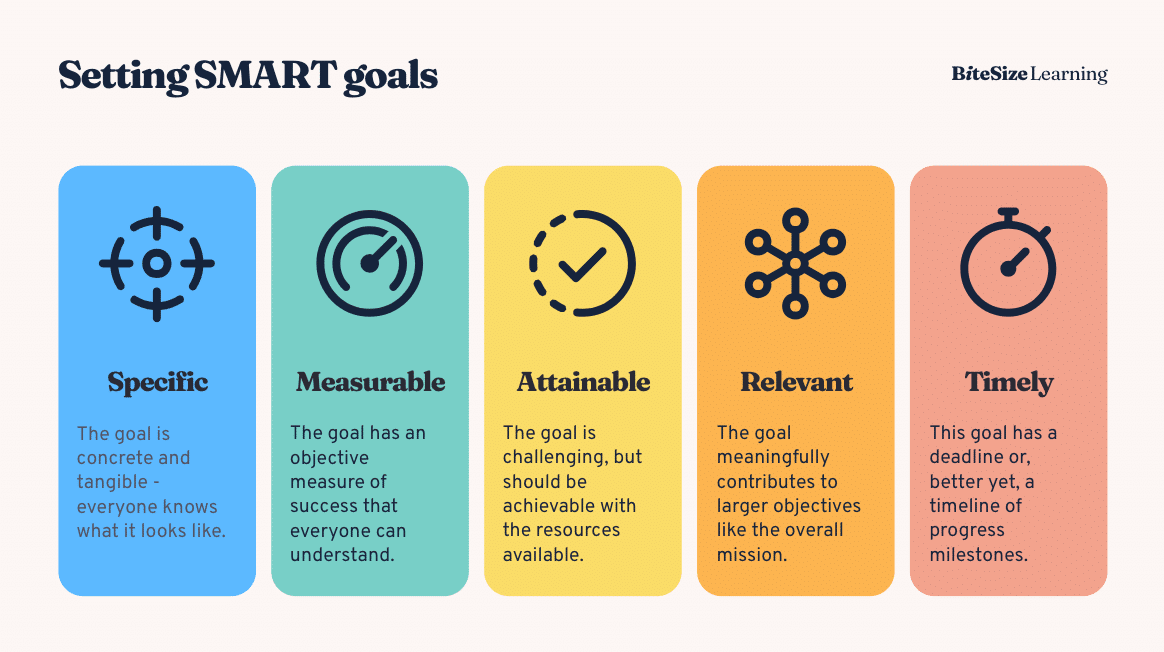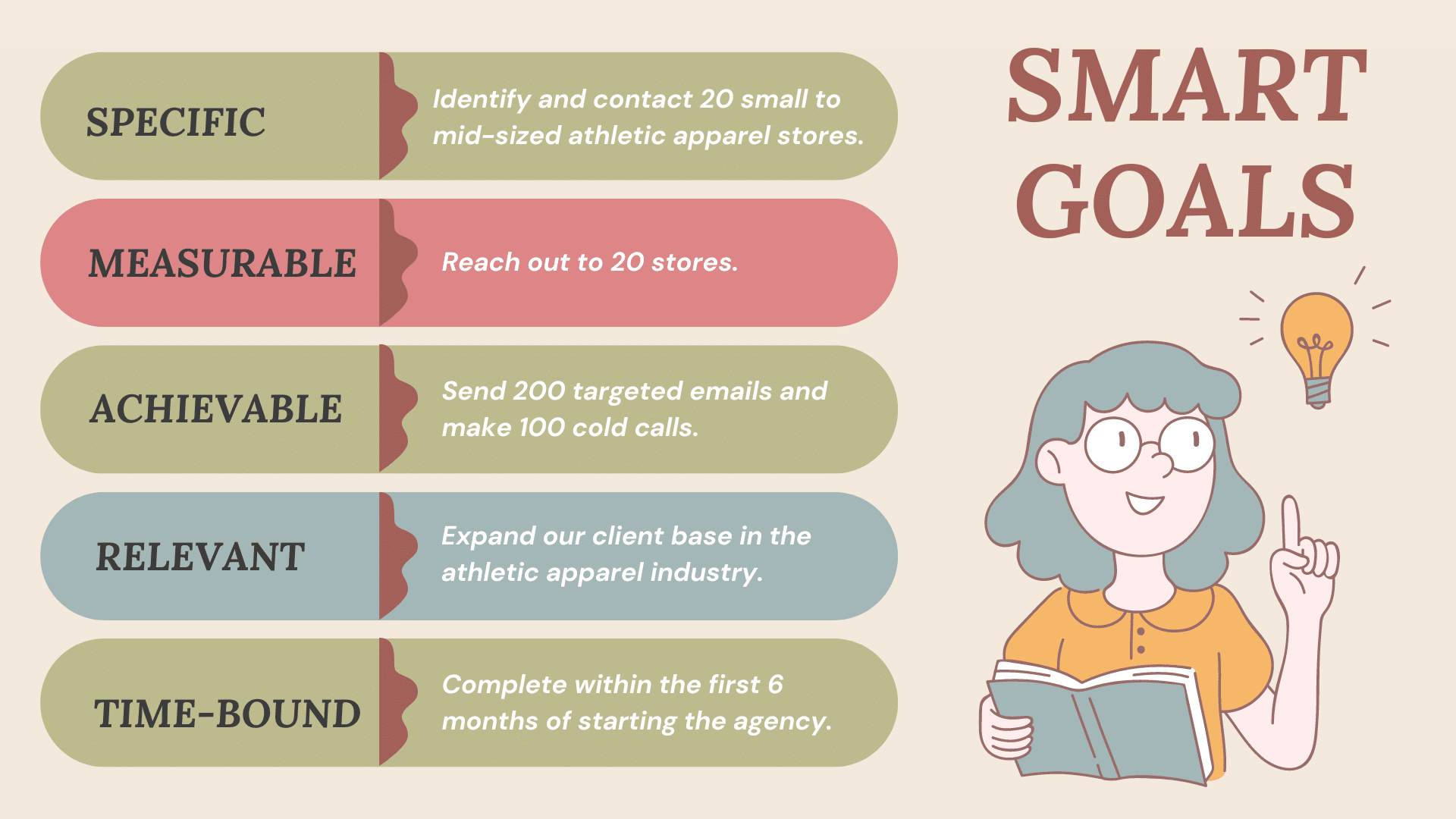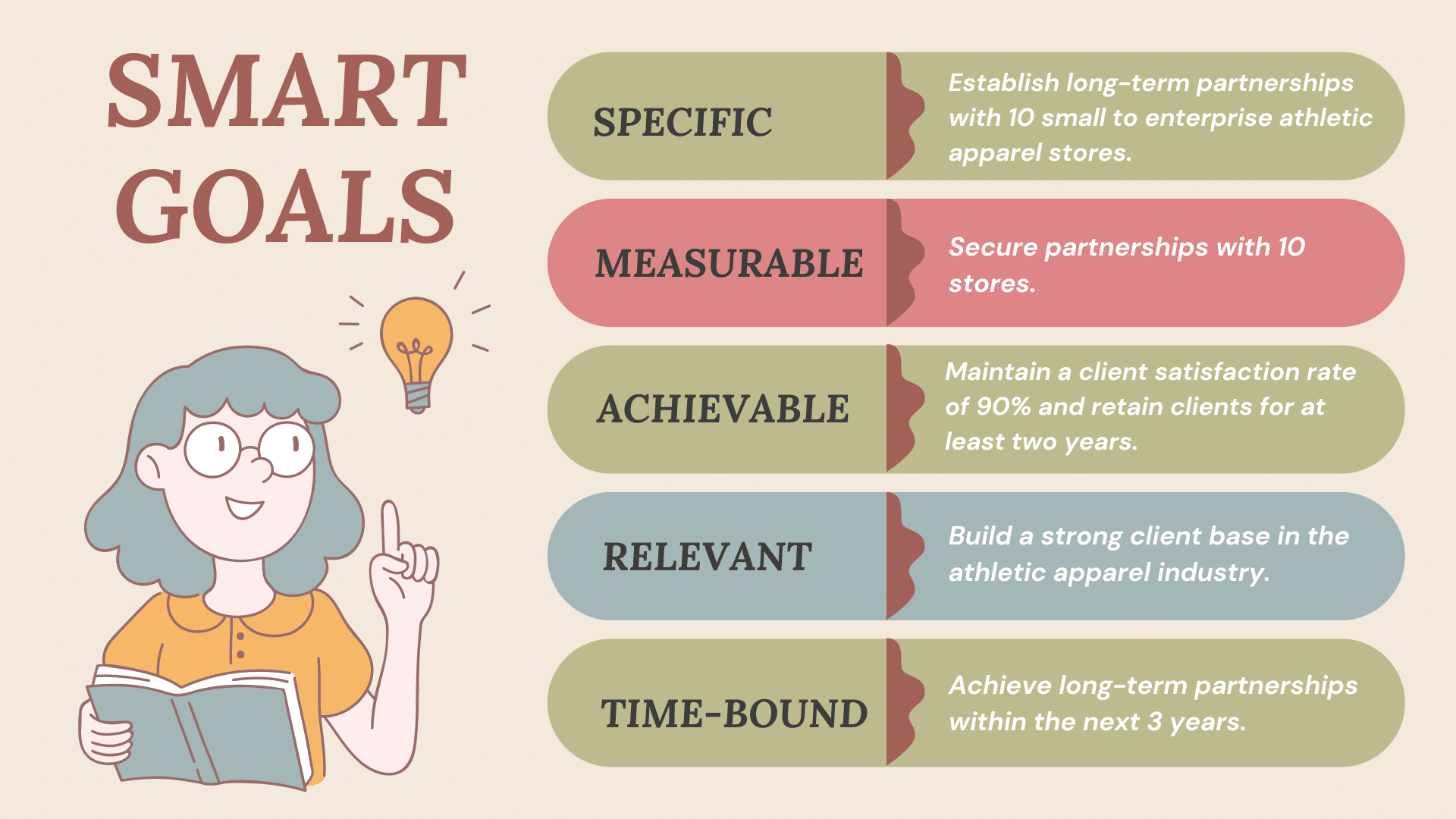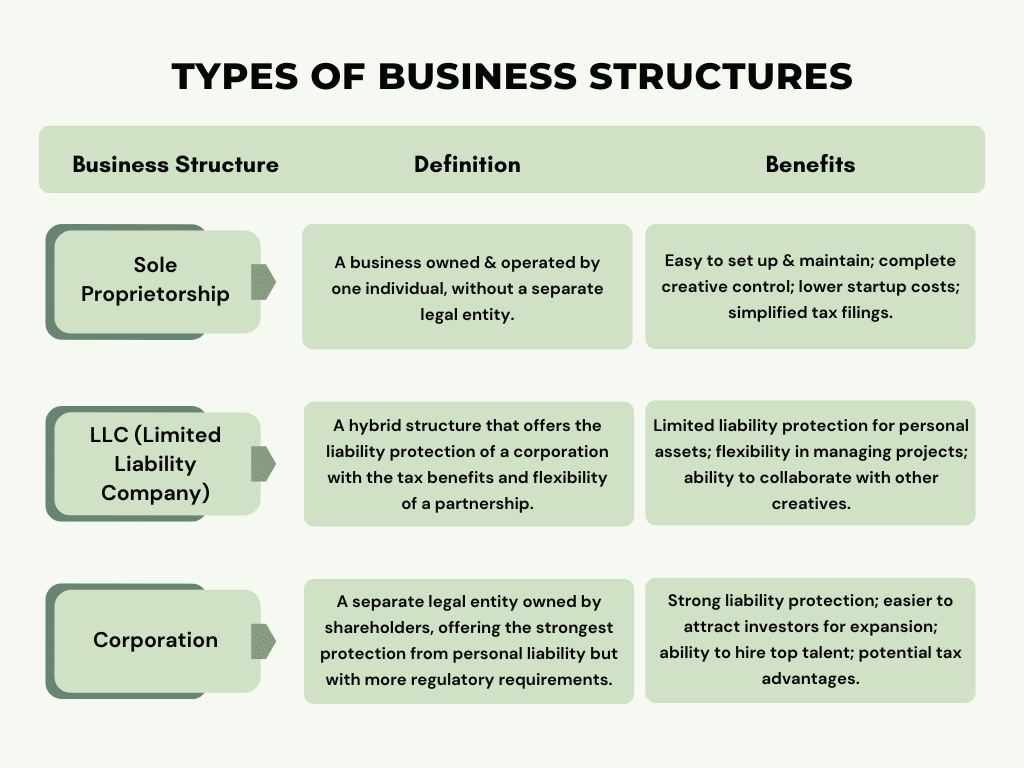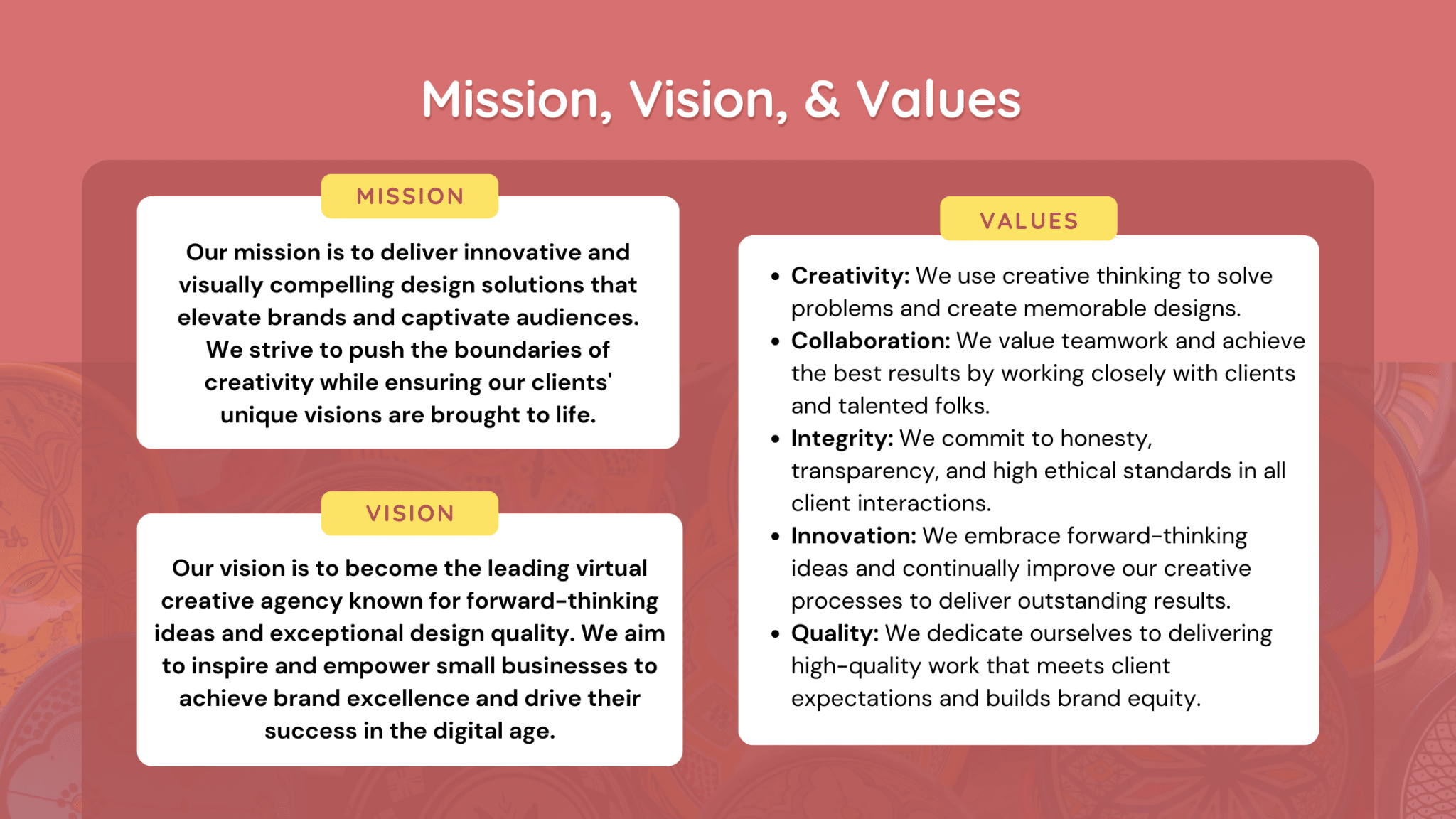Building a virtual creative agency feels daunting, and I felt the same when I started my SEO agency. But in 2024, having your own business is a lot more viable thanks to modern tech like Slack and innovative practices like remote work. Traditional firms still exist, but the virtual space is booming for freelance creatives like you.
In this guide, I will show you how to create your agency and start your entrepreneur journey. I will provide a step-by-step to make it easy. Then, I will discuss strategies to scale your agency once it is up and running.
By the end, you will be ready to create meaningful work while having financial freedom and more control over your time.
4 Steps To Establish A Virtual Creative Agency
As you go through these 4 steps, think about how you can tweak them based on your services.
Money Note: If an extra $1K–$5K/month would change your 2026 goals (debt, savings, travel, freedom), you’ll want to catch this: free live workshop from a freelancer who’s earned $4M+ online. No fluff. No gimmicks. A real roadmap. 👉 Watch the training or save your seat here »
Step 1: Research Your Market To Identify Your Niche
Take it from me, you can only have a successful business run if you focus on attracting the right clients. For instance, my agency focuses on B2B, startups, and eCommerce clients.
A clear target market helps me tailor my services to meet their specific needs and challenges. I understand their pain points and can offer targeted solutions that resonate.
So, how will you identify your niche?
Here are 5 good questions to answer from Millo:
How to Find Your Freelance Niche
To get more in-depth, here’s what else you can do:
1.1. Identify Relevant Keywords
Enter a broad term based on your general business ideas or freelance skills into Google Keyword Planner. Then, the results will show relevant terms like this:
So we started with “graphic design” as the broad term and the tool gave other terms like “motion graphics” and “logo design services.” These keywords represent in-demand creative niches related to graphic design, with each term searched between 1k-10k times monthly.
1.2. Use Google Trends
Input your keyword in the Google Trends search bar and explore the results to see how interest in the keyword has changed over time. Pay attention to the graph that shows how popular the term is over the past year or more.
Next, scroll down to the “Related queries” section to see what other terms people are searching for concerning your keyword. This can help you identify new or emerging trends.
In addition, you can compare multiple keywords using the “Compare” feature to see trends side-by-side. This helps you determine which types of creative work are gaining traction and which are declining.
In the image, we compared terms relevant to our sample broad keyword (graphic design). As you can see, the motion graphics niche has more interest. So if that is something you can do and enjoy, dig deeper into that niche.
1.3. Review Other Sources
Explore industry reports and market research studies. Statista provides deeper insights because it is based on comprehensive data on emerging trends and high-growth areas, not just search trends.
You can also follow blogs, listen to podcasts, or subscribe to newsletters from leaders in your field. Millo is an excellent all-in-one resource where you can find all of these freelancer-related insights. Simply go to “Podcast & Vids” to find the type of content you want. You can also click “Learn” to see blog content or subscribe to the newsletter.
1.4. Validate Your Niche
What I would do is find companies offering similar services using Google, industry directories, and social media platforms. If it is a crowded market, it indicates demand but this will require you to have a strong unique selling proposition to stand out.
If there is a lack of competitors, it can mean a lack of market demand or an untapped opportunity for you to take advantage of. If this is the case, you can either play it safe and find another niche or take the risk and be a leading agency.
Additionally, you should join industry forums and participate in discussions on platforms like Reddit or LinkedIn groups. Ask questions and read about others’ experiences to know the pain points and opportunities in your field. This can give you ideas on whether you can position your virtual agency to solve their problems and increase your chances of standing out in your niche.
2. Develop A Business Plan
Your business plan should cover your goals, services, pricing, and finances. This plan acts as your roadmap to guide your actions and decisions.

Based on my experience, here’s how you should do this:
2.1. Outline Your Business Goals & Objectives
Think about what you want to achieve. Do you aim to specialize in web design for startups? Are you focused on becoming the go-to agency for eCommerce branding?
To help you with this, leverage the SMART Framework:
For example, let’s say your research shows that the athletic apparel market will be worth $21.22 billion in 2032. So you want to start targeting stores like Tailored Athlete, Soffe, and Gain The Edge as clients to jumpstart your virtual creative agency. Here is what your goals can look like:
Short-term goal: Identify and contact 20 athletic apparel stores for potential partnerships within the next 6 months by sending 200 targeted emails and making 100 cold calls.
Long-term goal: Establish long-term partnerships with 10 small to enterprise athletic apparel stores by maintaining a 90% client satisfaction rate and retaining clients for at least 2 years, achieving this within the next 3 years.
2.2. Define Your Services & Pricing Models
Next, decide on the services you will offer. Will you focus on branding, web design, or motion graphics? Identify what makes you unique from conventional agency methods.
But be sure to go beyond saying you are breaking free from cubicle walls and have remote employee setups. Focus on how your virtual creative agency leverages cutting-edge technology.
For example, highlight how you leverage AI-powered tools like Adobe Sensei for faster design solutions. You can also mention that you use Cinema 4D and After Effects for motion graphics to create stunning visuals beyond what a traditional creative firm can do.
After you are clear with your services, set your pricing models. Consider what is cost-efficient for your clients and profitable for you. You can choose between:

- Hourly rates
- Monthly retainers
- Fixed project fees
3. Set Up Legal & Administrative Foundations
With legal and administrative foundations set up, your virtual agency can run smoothly. Clear processes and protections in place let you handle client projects efficiently. Plus, doing this makes it easier for you to scale when the time comes.
3.1. Register Your Business & Get Necessary Permits
First, decide on your business structure:
Then register your business with the appropriate government agency, like your local Secretary of State’s office, to make your business official, legal, and so that you can file accurate taxes.
Next, check what licenses or permits you need since requirements vary by location and industry. You can check this information on your local government’s website or the U.S. Small Business Administration (SBA). Make sure you comply with all local and national regulations.
3.2. Set Up Financial Systems
Drawing from my over a decade of experience, the first thing to do is keep your personal and business finances separate. Open a business bank account to manage your finances efficiently and simplify tax filing.
Additionally, protect your business from potential risks. Look into insurance options like general liability insurance. This should cover third-party claims of bodily injury or property damage. There is also professional liability insurance, covering claims related to professional negligence.
Lastly, keep a close eye on your income and expenses. You can use accounting software like QuickBooks to manage your finances.
Not a numbers person? Hire a finance VA through platforms like Genius. They can handle bookkeeping, manage invoices, and track expenses. With this, you can focus more on getting new clients.
3.3. Create Contracts & Agreements
New virtual creative agencies and small businesses are always going to be more at risk. Some clients will take advantage of your lack of experience. But a well-defined contract gives you a solid legal standing if disputes arise like:
- Payment issues
- Scope creep (the gradual expansion of a project’s scope beyond its original objectives).
To start, outline the project scope, payment terms, and deadlines. Think about what a traditional creative firm would include or how your previous employer did it. You should also create a general template as a base and customize it for each client.
For example, if you are an advertising agency creating a social media campaign, specify the deliverables like:
- 5 videos
- 10 custom graphics
- 20 scheduled posts
Then, set a timeline for each phase, like initial drafts in 2 weeks and final approval in 4 weeks. Outline the cost too, including a total project fee and any additional charges for extra revisions.
As a creative director, include a revisions policy. For instance, state that only 2 rounds of revisions are included. You should also clarify copyright ownership (e.g., the agency retains rights until full payment).
Having these detailed contracts protects your budding business and sets client expectations. This guarantees smooth project collaborations and fewer headaches for you.
4. Build Your Brand & Online Presence
Many freelancers, from copywriters to graphic designers, are opting to create their 1-man virtual agencies. So, how do you stand out?
You need to create a strong brand identity, an engaging online portfolio, and a solid social media presence.
4.1. Define Your Brand Identity & Create a Visual Style
Outline your agency’s mission, vision, and values. Think about what makes your agency unique. Are you known for forward-thinking ideas or pushing talented folks to their best? Use these to craft your brand message.
Here’s an example if you are building a virtual agency as a graphic designer:
Next, develop a consistent visual style. This includes colors, fonts, and imagery that reflect your brand’s personality. A good starting point for this is to review color psychology for branding.
After that, develop your logo. It should be simple, memorable, and versatile. Also, make sure it reflects the brand’s identity and values to make a strong impression on its audience.
A great logo example is Nike’s swoosh. It symbolizes movement and speed, perfect for a brand focused on athletic performance. It is simple and memorable.
4.2. Build An Online Portfolio
Use Behance, where creative collectives showcase their projects, to upload your work. However, I think the better option is to create your website; it is the best place to put your portfolio, detailed case studies, and client testimonials all under 1 roof.
Additionally, you can highlight your skills in more ways on your website to build brand equity and demonstrate your capabilities. For example, feature a project where you designed a fresh creative campaign for a local coffee shop.
In the case study page, talk about the process, the drafts, and the final results, like a 30% increase in customer engagement. This engages potential clients and shows how effective your work is.
4.3. Leverage Social Media, SEO, & Networking
31.86 million businesses are active on social media in the US.
That is why you need to create brand social media accounts—your target market is likely already there!
Act as your agency’s 1-man marketing department and be active on those platforms and post at least once daily. Share updates, insights, and behind-the-scenes looks to keep your clients engaged. You should also respond to comments and messages within 24 hours.
In addition to social media, you should also optimize your agency’s site for SEO to attract organic traffic. A good SEO strategy brings higher visibility, more qualified leads, and long-term growth without ongoing ad spend. If you want fewer worries, hire companies like SIXGUN to handle both your social media marketing and SEO strategies.
You can also join online communities and attend virtual events to stay updated in your niche. Collaborate with other professionals to expand your reach. For example, as an illustrator, work with web developers to create stunning graphics for a new website.
4 Best Strategies To Scale Your Virtual Creative Agency
These 4 strategies can guarantee long-term success and growth. But if this is too much for a 1-man team, start with 1 tactic this week or month.
A. Hire Specialized Talent
Unlike a traditional agency, you can have an entirely remote employee setup to broaden your range of services and attract a wider array of clients.
Plus, more staff means you can take on more projects without sacrificing quality or missing deadlines. This way, your agency maintains high standards while handling increased demand.
For instance, in my agency, I hired SEO specialists, link-builders, and content writers to boost my services, offer comprehensive SEO packages, and manage more clients.
How do you do this?
Assess your current projects and future goals. Then, identify which skills are missing or need strengthening. For example, if you are expanding into ecommerce clients, you might need a web developer.
Next, write detailed job descriptions. Highlight the specific skills and experience required. You should also mention your use of ever-emerging technologies. This can help attract tech-savvy candidates who are excited to work with the latest tools.
Additionally, post your listing on specialized job boards like Dribbble for designers. Then, screen candidates and conduct thorough interviews. Besides their portfolio, you should also ask them about their remote working experience.
But before you start hiring, make sure you are ready to give them personally satisfying environments. This can include offering flexible work hours, competitive salaries, and opportunities for professional development.
B. Encourage Reviews To Boost Your Social Proof
Positive reviews build trust and attract new clients. They show potential clients that you and your experienced creatives deliver high-quality work.
To do this, ask your clients for immediate feedback after completing a project. However, make sure to be polite and specific. For example, “Could you leave a review about your experience with our design team?”
You can also provide a direct link to your review page to make the process seamless for them. Consider offering small incentives for leaving a review–a discount on future services or a free consultation.
Last, showcase these reviews on your website and social media. With more feedback, you can build stronger credibility.
C. Leverage Email Marketing
Email marketing helps you nurture relationships, promote your services, and drive conversions. Most importantly, it offers a high ROI of $36 per $1 spent.
To start leveraging this, collect emails from your website visitors, social media followers, and past clients to build your email list. You should use sign-up forms and offer incentives like free resources or discounts.
After that, segment your email list using a tool like MailerLite:
How to create and use email list segmentation – MailerLite tutorial
This allows you to send personalized content that resonates. Speaking of content, you also need to develop engaging and informative emails. Share updates, new offers, and case studies.
For example, let’s say you are targeting retail stores for your creative services. Highlight that you designed product pages for an athletic retail shop. Include a short, visual case study in your email marketing.
Use an infographic to showcase the project’s goals, design process, key metrics, and results. If you can quantify it, do so. This approach grabs attention and demonstrates your expertise.
D. Implement A Referral Program
Leverage your existing clients to attract high-quality leads and grow your client base. The best part about this tactic is that the referrals come in with built-in trust.
When someone they know and respect recommends your services, they feel more confident about working with you. This pre-established trust can significantly shorten the sales cycle.
How do you do this?
Define what rewards you will offer your clients for the referrals. This could be discounts or a free consultation on their next project. No matter what it is, make sure it is valuable enough to motivate your clients.
Next, inform them about your referral program. You can use email, social media, and your website to spread the word. But make sure the rules are clear (see the sample later).
Additionally, provide an easy way for clients to refer others. You can create a referral form or a unique referral link they can share.
Here’s a sample email you can do for your referral program:
Subject: Earn 15% Off with Our Referral Program!
Hi [Client’s Name],
Enjoying your new branding for your cool studio space?
We’re excited to introduce our new referral program, designed to reward you for spreading the word about our services.
For every successful referral you make, you will receive a 15% discount on your next project with us. A referral is considered successful when it results in a signed contract.
Whether it’s co-working spaces, coffee shops, or any other brick-and-mortar design project, your recommendation can help us grow, and you save on your next creative endeavor!
How to refer:
Here’s a referral form to fill out. Kindly read the details and instructions.
Thanks for being a valued client. Let’s create more amazing spaces together!
SOURCE: TheFreelanceFiles.com
Wrapping Up
Now, you are one step closer to building your virtual creative agency. Your next step should be to create a detailed action plan. Write down 3 specific actions you’ll take this week, set a deadline, and get started.
Take small, consistent steps daily. Remember, progress is better than perfection. But make sure that as you grow, you continuously refine your tactics to meet your growing client base’s demand.
If you need more time and an extra helping hand, join Millo. Learn from experts in their podcasts, blogs, and videos on how you can succeed as a freelancer with your agency. Subscribe now and start growing your income.
Keep the conversation going...
Over 10,000 of us are having daily conversations over in our free Facebook group and we'd love to see you there. Join us!


